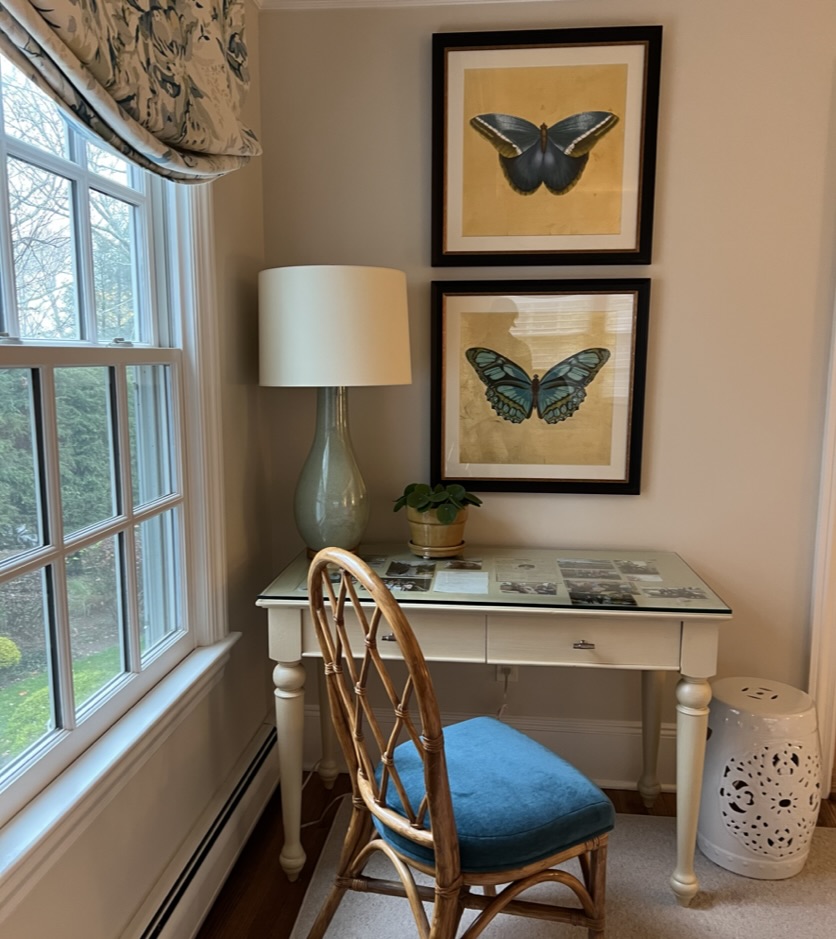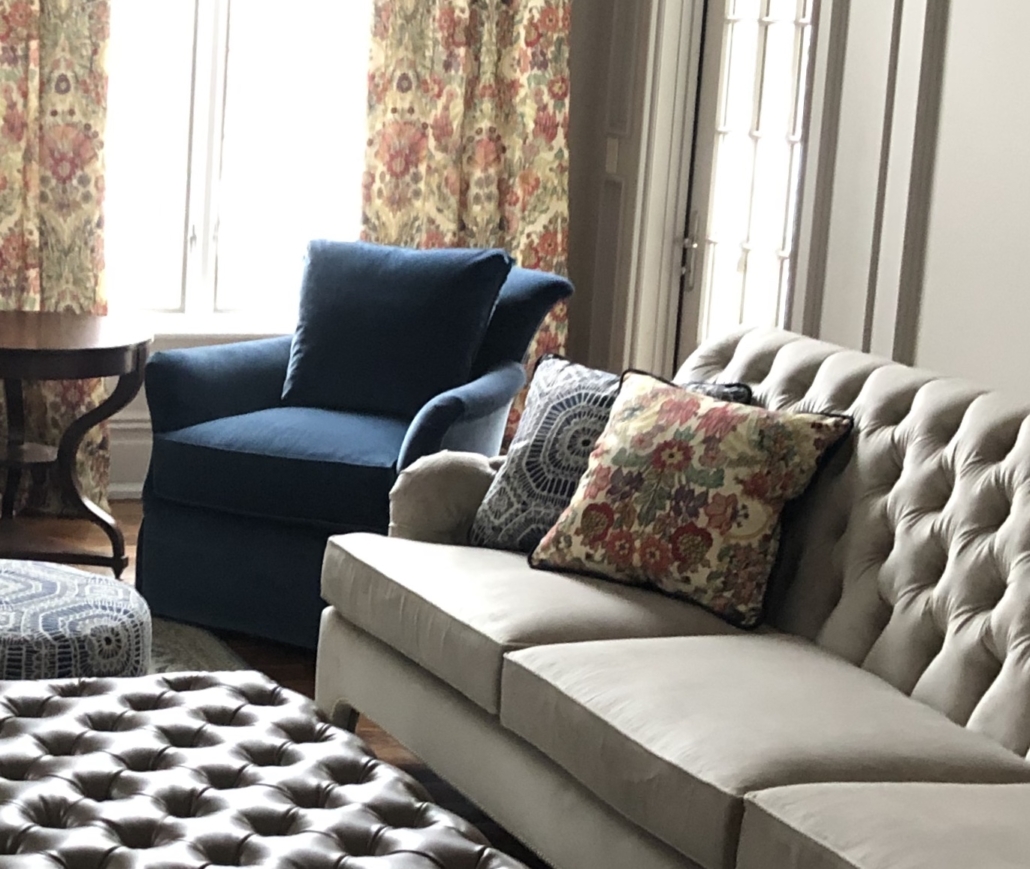Miracle Mornings

When my three kids were much younger, I used to set my alarm for 5 a.m. to carve out an hour or so just for myself. In that quiet time, I could read, meditate, or do whatever I needed to set myself up for the day. This treasured morning routine took place in my favorite […]
Enhancing Interior Design with what we feel: A Sensory Journey

In the realm of interior design there’s no question about it, aesthetics take center stage. But when you incorporate intentionally diverse elements, your space becomes a showstopper right in front of your very eyes. Our recent blogposts have touched on how deliberate design helps to awaken and delight the senses. Today I’ll be taking a […]
The Sound and the Fiori

As we continue to explore how living spaces can delight and awaken our senses, this post will focus on something that is often overlooked in design – SOUND. (Click for What We See post) What We Hear As a designer I’m particularly tuned in to sound because my husband suffers from an inner ear disease […]
How you feel starts with how you live.

And yes, that includes your physical surroundings. In the next few blogposts, I’ll be taking a look at how living spaces can delight and awaken our senses. What better place to start than with the visual impact that greets us as we walk into the room? What We See Design engages and stimulates our perceptions […]
Creating a Stress-Free Zone In Your Home
Over the years I have written numerous articles that focus on creating calming environments in your home. These days it seems to be more important than ever. The global pandemic has only heightened our stress levels. According to a poll conducted on behalf of the American Psychological Association, this year 84% of adult Americans experienced […]
The numbers don’t lie

Nineteen percent of US households now have more than one adult generation living under the same roof. That percentage is rising and is equivalent to the 1950’s. #multigenerational Why are these numbers on the rise? These statistics will help to understand the surprising uptick: The average cost per year of Assisted Living in the Northeast […]
